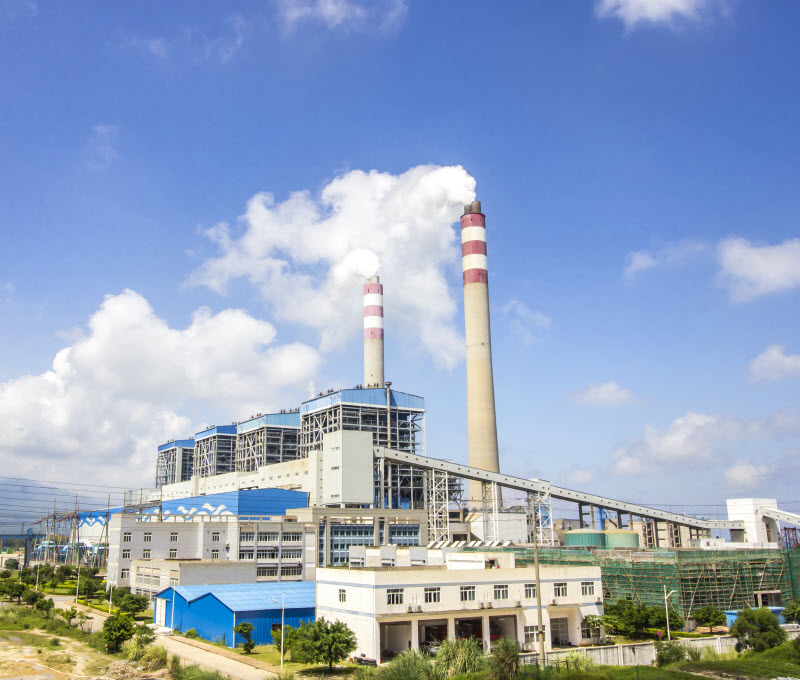In the current environment, where rapid changes and challenges are prevalent, understanding the importance of carbon capture methods is critical.
As climate change becomes increasingly pressing, knowing the different techniques for effectively reducing carbon emissions is becoming increasingly important. At CCS Energy, we provide carbon capture solutions and help you understand more about these methods.

Understanding the Current Environmental Situation
Before venturing into carbon capture methods, it’s crucial to acknowledge the current environmental situation, which directly relates to the urgency for carbon capture.
Climate change is a pressing and immediate threat to our planet and future generations. The evidence, including rising temperatures, melting glaciers, and extreme weather events, is clear and present. Addressing carbon emissions has become a worldwide necessity, with the demand for effective solutions at an all-time high.
CCS Energy is actively engaged in addressing these challenges. We recognise that achieving a sustainable future involves more than awareness – it requires concrete action. Our commitment is to provide carbon capture solutions that are not only efficient but also customised to the specific needs of our community and surrounding areas.

The Science Behind Carbon Capture
Carbon capture is a comprehensive method involving capturing carbon dioxide emissions from their source or the air. This approach merges chemistry, engineering, and environmental science towards a shared objective: reducing atmospheric carbon dioxide (CO2) levels.
The fundamental idea of carbon capture is to intercept CO2 emissions before they enter the atmosphere. These emissions are then managed in various ways. Some are stored deep underground in geological formations, keeping them away from the environment. Alternatively, captured CO2 can be used in different industrial processes, contributing to a circular economy and lowering the overall carbon footprint.
This process, while complex, is highly effective in preventing carbon dioxide, a significant greenhouse gas, from contributing to global warming. It’s a key element in our global efforts to counteract climate change.

Different Types of Carbon Capture Techniques
Pre-Combustion Capture
Pre-combustion capture is a method that targets carbon dioxide before it’s released into the atmosphere. Carbon dioxide is captured in the early stages, before the burning of fossil fuels and prevents CO2 from being released, significantly reducing potential emissions. This method is especially useful in industries dependent on fossil fuels, and its use can greatly decrease carbon footprints.
Post-Combustion Capture
Post-combustion capture traps emissions after burning fuels and is used for industrial exhausts and power plants, where carbon dioxide is a byproduct. This method captures CO2 from exhaust gases before they enter the atmosphere. It’s vital to update older facilities to be more eco-friendly and help them play their part in cutting down carbon emissions.
Oxy-Fuel Combustion
Fossil fuels are burned in oxygen-rich conditions, creating fuel gases with higher CO2 levels. This makes capturing carbon dioxide more efficient. Oxy-fuel combustion is effective for carbon capture and helps reduce emissions in combustion-reliant industries. It leads to flue gases rich in CO2, aiding in a cleaner, more sustainable environment.
The Carbon Capture Process: From Capture to Storage
The carbon capture process is a series of steps for reducing carbon emissions and addressing climate change. Here’s an overview of these stages:
Transportation
After capturing the CO2, it’s turned into liquid and transported to storage. Transport could involve using pipelines, road transport, or ships depending on the CO2 volume and the distance to the storage site.
Storage
The final step is storing the captured carbon dioxide, and geological storage is one of the most used and dependable methods. The CO2 is transferred into underground reservoirs that can safely hold them.

How CCS Energy Helps
CCS Energy is committed to forging your path toward net zero emissions. Our expertise can help clients set realistic targets and tap into additional asset value through carbon offset mechanisms available through various global emission trading schemes.
Our team members are CSS experts and well engineers, passionate about identifying efficient and cost-effective transition technology to capture and store carbon and reduce your operation’s carbon footprint.
When you are ready to reduce your carbon emissions footprint and push forward to a sustainable and environmentally positive mining operation, give our team a call. We only offer the very best solutions and technical expertise.



